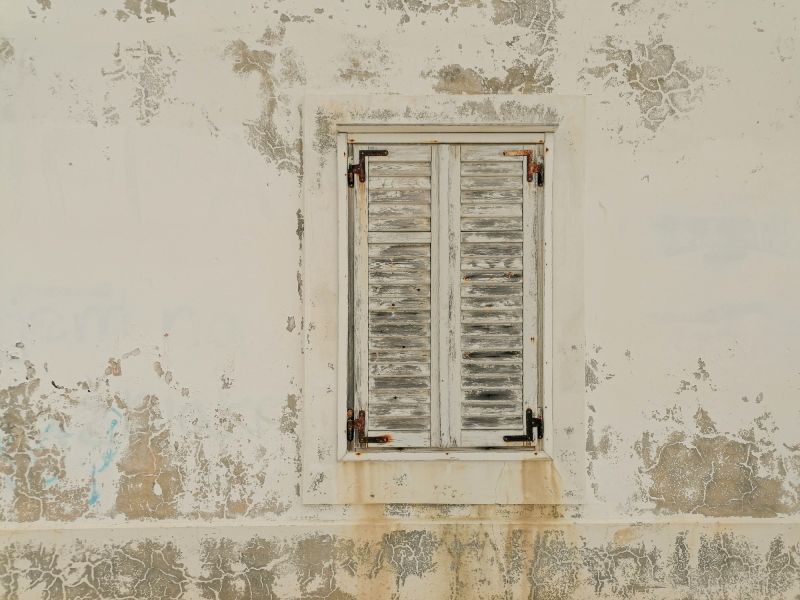Singapore’s tropical climate, characterized by high temperatures and persistent humidity, creates an environment that fosters rapid mold growth and complicates flood recovery efforts. Understanding the role of humidity in these processes is crucial for effective property maintenance and restoration.
The Link between Humidity and Mold Growth
Mold thrives in humid conditions, and in Singapore, where average relative humidity levels range from 70% to 90%, it is a persistent concern. High humidity provides the moisture mold needs to grow, especially on porous surfaces such as wood, drywall, and fabric. When indoor humidity exceeds 60%, the risk of mold colonization increases dramatically. Tackling mold effectively requires a combination of expert mold removal Singapore professional services.
Common areas where mold tends to grow include:
- Bathrooms and kitchens, due to frequent water use.
- Air conditioning units and ducts, where condensation accumulates.
- Walls and ceilings, particularly if there is a water leak or poor ventilation.
The presence of mold not only damages property but also poses health risks, including allergies, respiratory issues, and skin irritation. Preventing mold involves maintaining indoor humidity levels below 50%, improving ventilation, and addressing water leaks promptly.
The Impact of Humidity on Flood Recovery
Flooding is a frequent challenge in Singapore, particularly during the monsoon seasons. High humidity exacerbates the recovery process by slowing the drying of affected areas. After a flood, standing water and wet materials create a perfect breeding ground for mold if not addressed quickly.
Key challenges posed by high humidity during flood recovery include:
Extended Drying Times: Humid air slows the evaporation of water from walls, floors, and furniture, increasing the time required to restore affected spaces.

Accelerated Mold Growth: Mold can begin growing within 24-48 hours in water-damaged areas, especially in humid conditions.
Damage to Materials: High humidity can further degrade building materials like wood, drywall, and insulation, necessitating more extensive repairs.
Strategies to Mitigate Humidity’s Effects
To effectively combat the impact of humidity on mold growth and flood recovery, consider the following strategies:
Use Dehumidifiers: Dehumidifiers help maintain optimal indoor humidity levels and speed up the drying process after water damage.
Enhance Ventilation: Open windows and use fans to improve air circulation, particularly in enclosed or poorly ventilated areas.
Invest in Moisture-Resistant Materials: During renovations or repairs, opt for materials such as mold-resistant drywall and waterproof coatings to reduce vulnerability to mold and water damage.
Conduct Regular Inspections: Routine checks for water leaks, condensation, and mold growth can help address issues before they escalate.
Engage Professional Services: Professional mold remediation and flood restoration services can efficiently handle severe cases, ensuring thorough cleaning and prevention of future issues.
Why Professional Help Matters
Given Singapore’s climate, addressing mold growth and flood recovery often requires professional water damage restoration service expertise. Specialists have the tools and knowledge to assess humidity levels, remove mold safely, and restore flood-damaged areas effectively.
Humidity is an unavoidable aspect of life in Singapore, but its effects on mold growth and flood recovery can be managed with proactive measures. By understanding the challenges posed by high humidity and implementing effective strategies, homeowners and businesses can protect their properties and health from the detrimental impacts of mold and water damage.